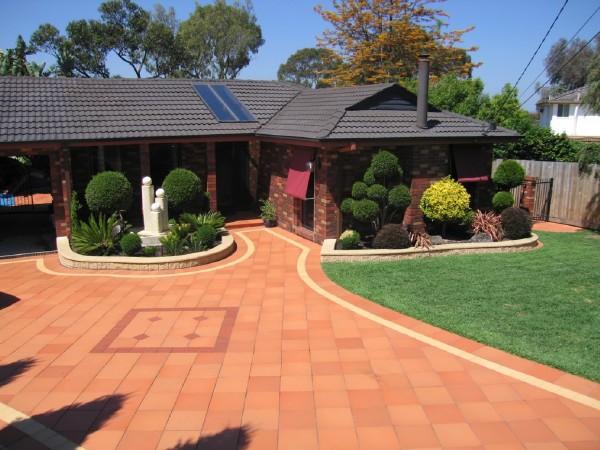The importance of hardscaping
When it comes to landscaping, most people often think of lawns, shrubs, and trees arranged to make an artful garden. But there is another very important factor involved in many residential landscapes: hardscaping.

When it comes to landscaping, most people often think of lawns, shrubs, and trees arranged to make an artful garden. But there is another very important factor involved in many residential landscapes: hardscaping.
Defining hardscaping
In contrast to softscaping, which involves trees, shrubs, soil, grass, and other light materials, hardscaping refers to the paved areas that make up the rest of your landscape. Various materials can be used for hardscaping, including natural stone, concrete, asphalt or bitumen, brick, glass, gravel, and so on. To be more specific, the most common forms of hardscaping are patios, driveways, paths, pool surrounds, and other outdoor flooring.
Hardscaping can also be used for decorative purposes, as in the case of rock gardens and other stone features. In some cases, hardscape is also used to refer to some outdoor structures like retaining walls, but the term still pertains to paved spaces for the most part.
Why it’s important
While softscaping gives your garden soul and character, hardscaping gives it a certain edge and depth. All amazing residential landscapes combine softscaping and hardscaping tricks to create a unified look. Without a nice hardscape, your garden will seem somehow incomplete.
However, don’t think that the benefits of hardscaping are purely aesthetic. Paths also protect your lawn from too much foot traffic. Patios and pergolas offer you and your family a great outdoor living space, and the practicality of driveways and pool pavements don’t really need any explanation. Retaining walls are an indispensable hardscaping structure for sloped areas.
Another great benefit of hardscaping is that it allows more room for creative landscaping since paved areas can support structures that will only cause erosion on bare soil.
Hardscaping tips and tricks
1. Use hardscaping to create multiple levels in your garden. Retaining walls work great in restraining your soil so it can support heavy loads at various levels of elevation. Just don’t forget about proper drainage!
2. The driveway is often the most neglected part of hardscaping, but a unique driveway actually does wonders for your curb appeal. If you want the practicality of a concrete driveway, go for stamped, coloured, or stencilled concrete to ensure that your driveway will still stand out.
3. Combine different hardscaping materials to create a textured but polished landscape. Place pebbles in between your stone paths, border your gravel driveway with bricks, or use concrete mixed with crushed or recycled coloured glass for an interesting garden.